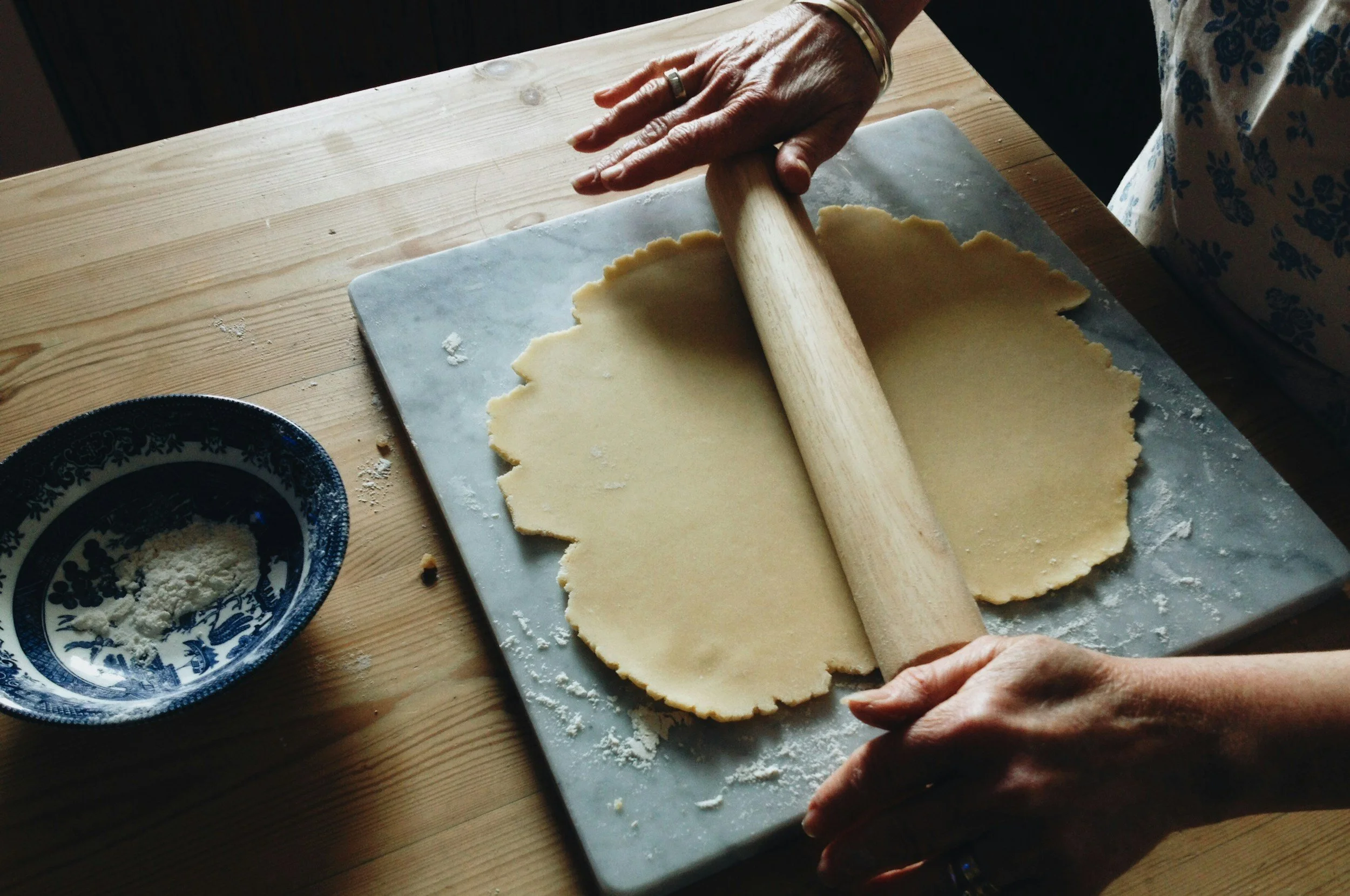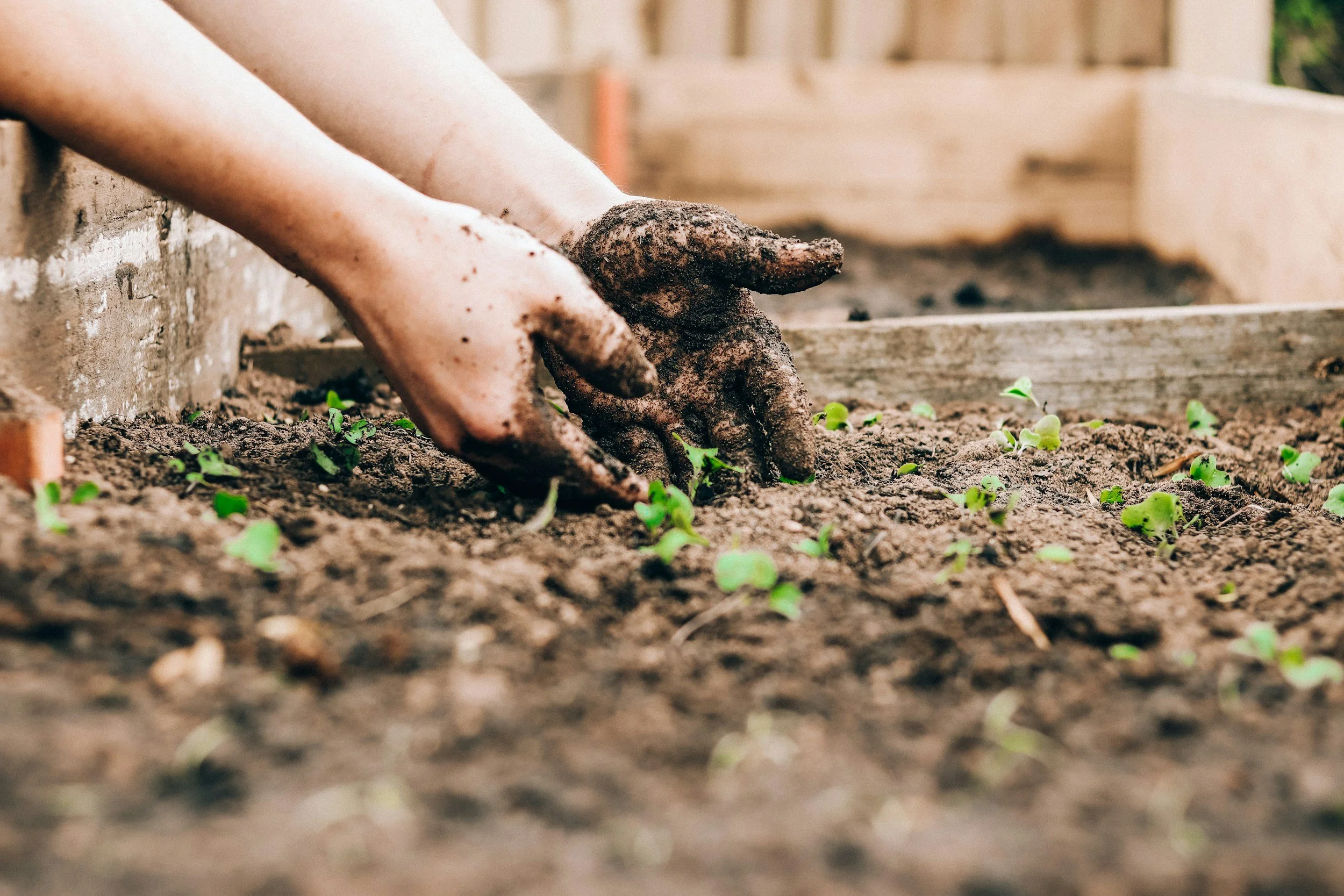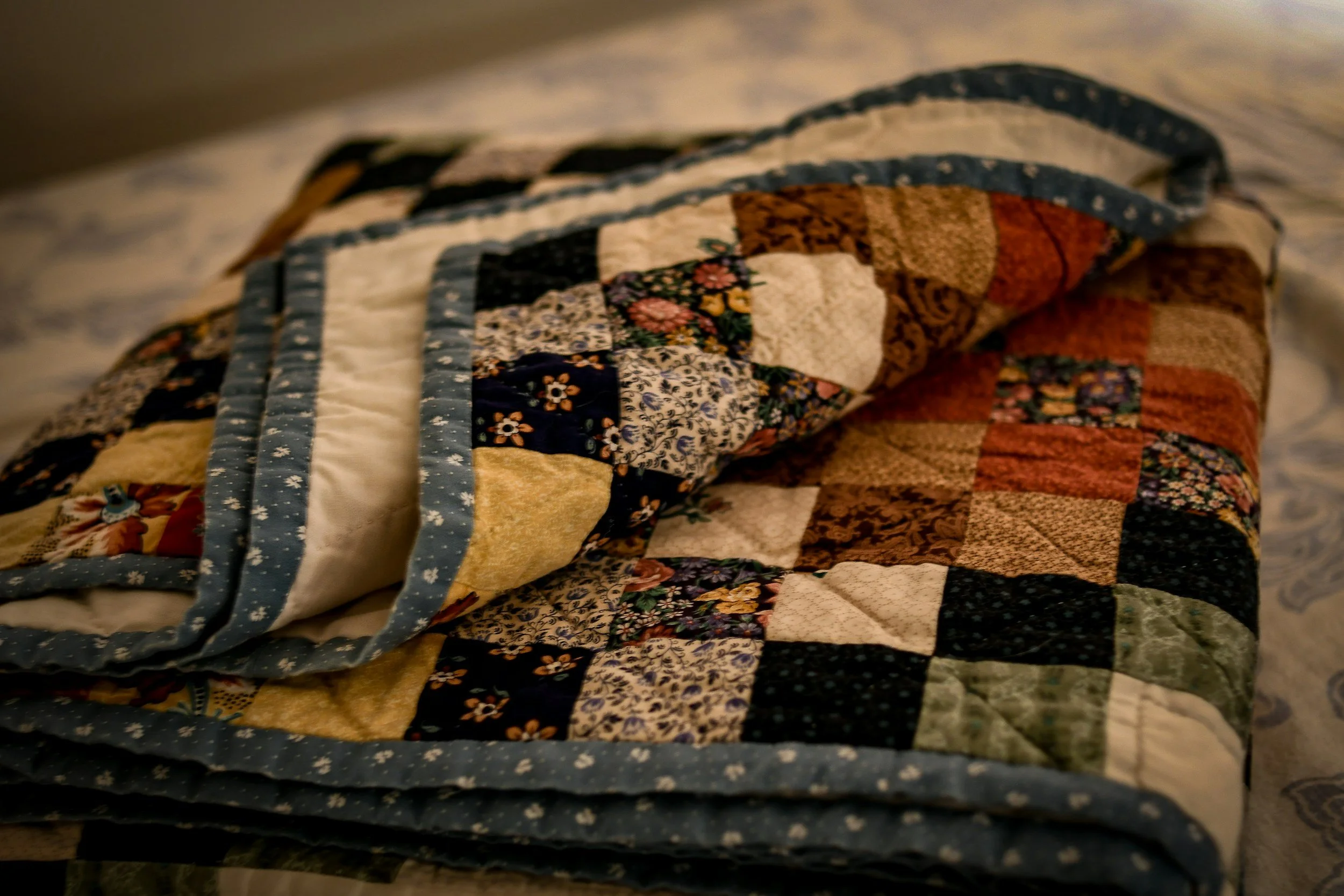Under the Stairs
Specks of dirt and dust are nestled in the ridges of the soft carpet pressed against my cheek. The velvety surface wraps me in a layer of safety as I melt into it like a blotch of watercolor paint expanding gradually on paper. My little cousin, Pipe, lies next to me behind his father’s bass drum, one of the many musical instruments and loose items surrounding us. Past the instruments and piles of sheet music is an opening where light streams in from the Andean sky and into a plant-filled, pebbled courtyard. I peer into the living room through a wall opening lined with shelves displaying Abuelita’s most treasured souvenirs: a flamenco dancer from Spain, a geisha from Japan, a campesina from Colombia’s Pacific coast. The stereotyped figurines pose garishly in their flashy costumes, smiling through their discomfort. They stare at me and I stare back as I marvel at the perfection of our hiding spot.
We are in el huequito debajo de las escaleras at Abuelito and Abuelita’s house in Bogotá, Colombia. We’re in the hole under the stairs where, practically speaking, a storage closet should be. Instead, there is a seemingly purposeless and carpeted semisubterranean nook. From the courtyard or the living room, el huequito is barely visible. You have to know it’s there to notice it and its limitless possibilities.
I’m trying to make myself as small as possible, as if compressing my body into a tiny ball might make me invisible. Pipe is doing the same but I don’t think he’s doing a very good job. We try hard not to giggle as we hear the thud of running footsteps tumbling down the stairs directly above our heads. Though our discovery is imminent, I still hope that the others might somehow run right past us, leaving us to our carpeted underworld.
El huequito’s corduroy-like surface is reminiscent of a carpet or a car seat. Its soft ridges inspire a sense of absolute safety that takes me to a place where anything is possible, including my ability to melt into my surroundings. Because we are four and five years old, el huequito is a seemingly infinite play space. It’s a nook filled with junk, yes, but it’s also the space where our imaginations do their best work. We are hiding from our teasing older siblings and cousins and in the process, we are cementing el huequito more firmly into our memories of childhood, like coating a thick layer of ink onto a woodblock.
Even now, the texture of a pair of corduroy pants has that effect on me. On the subway. In the snow. In the middle of a long, boring workday. El huequito taught me that there’s safety and shelter in soft surfaces, in togetherness.
The space under the stairs exists because something has to fill the void left by the stairs’ structural ascent. There is no standard use of this space, architecturally speaking. The most common way people fill the space is by creating a closet or a cupboard, like Harry’s bedroom on Privet Drive. Architects strive to create optimal functionality to add value, but ultimately, who really decides what purpose, practical or otherwise, a space should serve if not its inhabitants?
El huequito’s purpose is to envelop us like a thick woolen ruana, keeping us warm and adorning us like a royal cape. It’s home. It is our closeness inside the space that gives us the freedom to look beyond it: our abuelita’s souvenirs, the sunlight in the patio, and the limitlessness of our imaginations. Our purpose is to belong in the space and to belong together, blocking out anything that does not serve us well.
When I turn seven, my family permanently trades the mountains of Bogotá for the swamp of Florida. Ten years later, we finally go back to Bogotá for Christmas vacation, and everything feels right with the world. I’m going home. As far as I’m concerned, Christmas has not been real Christmas since we moved away because it couldn’t be its fullest, most joyful self without a clan of grown men, women, and children clambering to open presents at midnight on noche buena. It doesn’t quite live up to my expectations. I start to worry that what they say is true: you can never go home again.
After everyone has opened their presents, I turn to el huequito and climb into its folds. Somewhere between my awkward braces and the blossoming of my adolescence, I find solace in the dirty, carpeted nook.
The four of us—me, my sister, Pipe, and his brother, Santi—huddle into the crevices of the dark pink carpet. El huequito has transformed from childhood hiding place to adolescent angst den. It is what we need it to be, listening nonjudgmentally like a good bartender would their babbling regulars. It gives us what we need, though we haven’t given it much in return. In el huequito, there are no rules or expectations of how things should be or how I should look or who I should become. Now I’m home.
El huequito seems to exist to protect and to nurture, until one day, the deluge overwhelms its capacity to give. I never see it in its flooded state. I hear secondhand stories from my dad’s weekly calls to Abuelita and it is clear that the state of el huequito is the last thing anyone is worried about. There are too many loans borrowed and not enough debts paid. The old house barks back in protest through its level of disrepair, cracked walls and leaks in the ceiling like omens of its imminent demise. El huequito becomes a receptacle for rainwater until it overflows. It can’t hold anything anymore. No water, no childhood curiosity, no teenage angst. Within a couple of years, el huequito is no longer ours.
Ten years later, while walking with Pipe through a residential area of Bogotá, he brings me to a sudden stop. He points to the right and I experience intense déjà vu, my gaze focusing like tunnel vision and transporting me to another time and place. We are standing in front of my abuelito’s old house, disguised by several coats of paint and a tall, imposing fence. We stare at the house and its front garden for a few minutes, wishing we could go in to find things as they were.
I try to focus on what I can’t see beyond the gates, a home that only exists in my nostalgia-muddled memories. I imagine my childhood, wrapped in el huequito’s warm embrace. El huequito still is, I realize. Ephemeral.
-Tasha Sandoval
Tasha Sandoval is a Colombian American writer and journalist based in New York City. Her writing and reporting has appeared in Catapult, The Bogotá Post, and Univision Noticias. She is a Bilingual MA student at the Craig Newmark Graduate School of Journalism at CUNY, and a Contributor at Bushwick Daily. Find her on Twitter @SaysSandoval and Instagram @ovalofsand




















